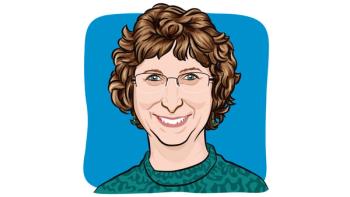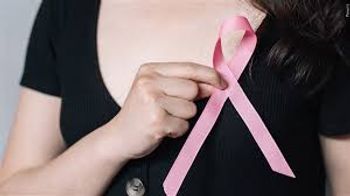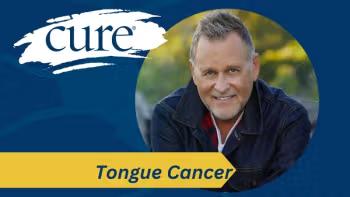
New mammography guidelines continue to spark debate
You'll recall the public outcry that occurred in October when the U.S. Preventive Services Task Force issued a report that recommended significant changes to existing mammography guidelines. The debate continues among physicians, scientists, and advocates here in San Antonio.Back in October, the 16-member committee recommended that most women in their 40s should not routinely get mammograms. Additionally, women 50 to 74 should get mammograms every other year until they turn 75, after which the risks and benefits are unknown. Women 75 and older should not get regular screening. The committee is also against teaching women to do regular self exams because "the value of breast exams by doctors is unknown and breast self exams are of no value."The American Association for Cancer Research (AACR) released a response to the new guidelines which stated that they recognize that these are complex issues that encompass a broad range of areas - medical, scientific, public health, economic and sociological - and that the interpretation of these data can result in legitimate disagreement among respected leaders in their fields. Decisions on the delivery of screening methods and treatment of cancer should be evidence based and that the "state of the art" in the field is evolving and will continue to change as our understanding of the biology and genetics of cancer is better understood. They also recognized that mortality rates from breast cancer have been falling since the mid-1990, and they believe that this is attributable at least in part to the more widespread utilization of mammography screening and other factors. Their statement concluded by saying that the issues are simply too complex to make a clear statement at this time supporting either the existing guidelines or those proposed by the USPTF. To me, that response equates to issuing a "no comment."The Breast Cancer Network of Strength took a much more definitive stance. Margaret Kirk, the foundation's President and CEO said, "We know that earlier diagnosis and treatment of breast cancer leads to better outcomes. As an organization that hears from tens of thousands of women through our 24/7 YourShoes support center, we would be disappointed if this new recommendation became yet another barrier that women will have to overcome to get the care they need." Over 7,000 people have sounded off about the new mammogram guidelines by signing Breast Cancer Network of Strength's petition. You can too by clicking




